LANAP vs WPT
LANAP vs. WPT Periodontal Treatment - Key Differences
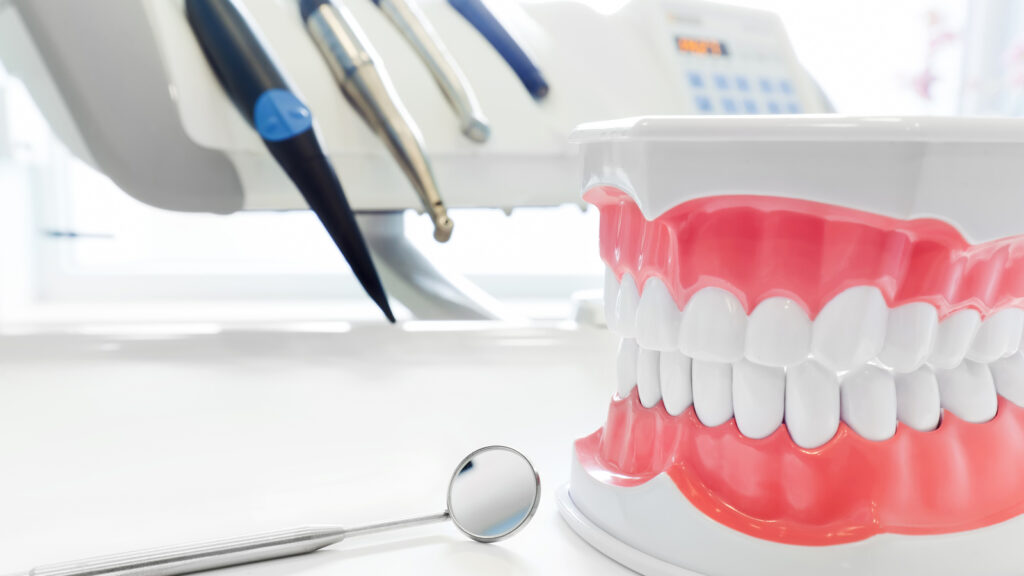
Introduction to LANAP and WPT in Periodontal treatment
When it comes to periodontal treatment, there are several options available to patients. Among these options, two popular methods are LANAP and WPT/ Twin Light Technique. Understanding the differences between these treatments is important for making an informed decision about which one is right for you. Here, we will provide an overview of LANAP and WPT, discuss their effectiveness in treating periodontal disease, compare the comfort and recovery experienced by patients, explore the long-term results and sustainability of each treatment, and consider the cost implications. By the end, you will have a better understanding of LANAP and WPT and be equipped to choose the right periodontal treatment for your needs.
What is LANAP?
LANAP, which stands for Laser-Assisted New Attachment Procedure, is an advanced minimally invasive treatment for periodontal disease. It utilizes laser technology, specifically the Nd:YAG (neodymium-doped yttrium aluminum garnet) laser, to target and remove diseased tissue, bacteria, and calculus from the periodontal pockets surrounding the teeth. The procedure aims to promote tissue regeneration and new attachment of the gums to the tooth root surface, ultimately restoring periodontal health.
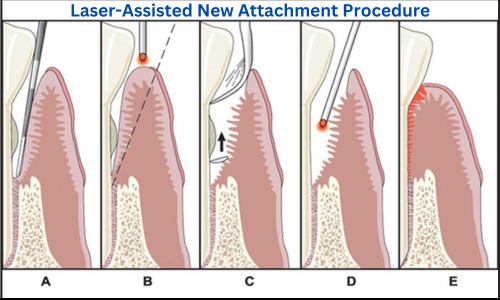
The LANAP procedure typically involves the following steps:
- Pocket Measurement: The depth of the periodontal pockets is measured using a periodontal probe to assess the severity of the disease and determine the treatment areas.
- Laser Treatment: A small, flexible fiber optic tip attached to the Nd:YAG laser is inserted into the periodontal pockets. The laser energy is then applied selectively to target and remove diseased tissue, bacteria, and calculus without harming healthy surrounding tissues. The laser also has a bactericidal effect, effectively reducing the bacterial load within the pockets.
- Clot Formation: After the laser treatment, the laser is used to create a stable blood clot within the pockets. This clot serves as a scaffold for tissue regeneration and helps to promote new attachment of the gums to the tooth roots.
- Healing: Over time, new bone and connective tissue begin to form, effectively reattaching to the tooth root surface. The healing process may vary depending on the severity of the disease and individual patient factors, but LANAP typically offers faster healing times compared to traditional periodontal surgery.
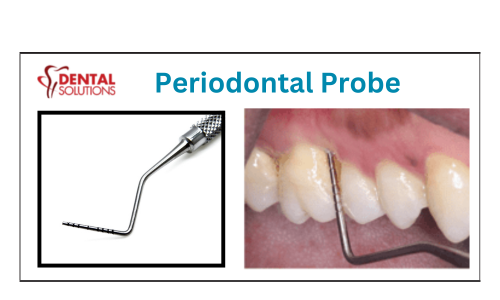
LANAP is considered a minimally invasive alternative to traditional periodontal surgery, as it does not require the use of scalpels or sutures. It is also associated with less post-operative discomfort and faster recovery times for patients. Additionally, LANAP has been shown to be effective in reducing pocket depths, controlling infection, and promoting tissue regeneration in clinical studies.
Overall, LANAP represents a significant advancement in the treatment of periodontal disease, offering patients a less invasive, more comfortable, and potentially more effective alternative to traditional surgical approaches. However, like any medical procedure, LANAP may not be suitable for all patients, and consultation with a dental professional is essential to determine the most appropriate treatment plan for individual cases of periodontal disease.
What is WPT?
Wavelength-Optimized Periodontal Therapy (WPT), or twin light technique utilizes Erbium YAG and ND YAG laser energy for moderate to severe periodontal disease treatment.
The WPT procedure involves several steps:
- Diagnosis: The dentist conducts a comprehensive examination to assess the severity of periodontal disease, including measuring pocket depths and evaluating tissue health.
- Laser Treatment : After completing a gross debridement, the ND YAG laser is used to remove the diseased epithelial lining to within one millimeter of the bottom of the pocket. This process also creates room for insertion of the Erbium YAG laser tip into the pocket to assist in calculus removal.
- Biostimulation : A specialized Erbium YAG handpiece tip with water spray is inserted into the pocket to remove calculus at sub-ablative laser energy. The Erbium YAG laser energy selectively removes calculus without damaging the underlying cementum. Thorough removal of calculus is crucial for good healing results.
An endodontic explorer is used to confirm tactility on the root surface. If any calculus remains, the Er YAG laser is used to remove it. The Er YAG laser is then used to dissect the periodontal attachment from the bottom of the pocket to the bone, stimulating regenerative factors from the bone.
The endodontic explorer is used to slightly perforate the cortical bone to get good angiogenesis and release regenerative factors from the bone. The Nd YAG laser energy is introduced to start the development of the clot, which inherently promotes homeostasis.
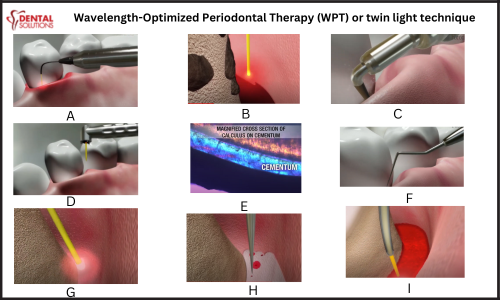
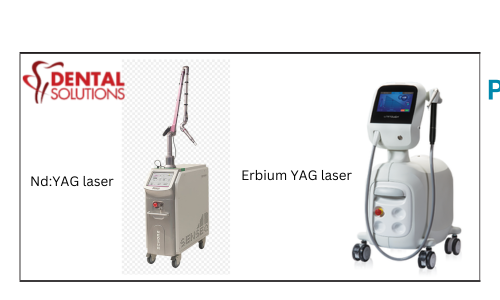
- Follow-Up Care: After the WPT procedure, patients may receive guidance on oral hygiene practices and may need periodic maintenance appointments to monitor their periodontal health.
Comparing LANAP and WPT:
Treatment | LASER- wavelength | LASER- wavelength |
LANAP | ND_YAG -1064 |
|
WPT | ND_YAG- 1064 | ER_YAG-2940 |
- Technology : While both LANAP and WPT are laser-based periodontal treatments, there are some key differences between the two. LANAP employs a specifically designed laser that operates at a specific wavelength-1064 Nd YAG energy to target the diseased gum tissue and bacteria.While, WPT utilizes a laser combination of Nd Yag 1064 & Er-Yag 2940 with water to provide a gentler and more comfortable experience for patients.
- Procedure: LANAP involves the use of a laser fiber that is gently inserted into the periodontal pocket to remove the diseased tissue and bacteria. The laser energy is then used to stimulate the regeneration of healthy tissue. In contrast, WPT uses a laser combined with a water spray to remove the infected gum tissue and bacteria. The water helps to cool the tissues and minimize discomfort during the procedure.
- Effectiveness : Both LANAP and WPT have been proven to be effective in treating periodontal disease. Studies have shown that LANAP can effectively reduce pocket depth, improve gum attachment, and promote bone regeneration. Similarly, WPT has demonstrated positive results in reducing gum inflammation, eliminating bacteria, and promoting tissue healing.
- Healing Time : The laser used in LANAP is gentle on the tissues and causes minimal trauma, leading to faster healing and reduced post-operative pain. Patients undergoing LANAP often experience less swelling, bleeding, and sensitivity following the procedure, resulting in a more comfortable recovery.
Similarly, WPT provides a comfortable treatment experience for patients. The combination of laser energy and water spray in WPT helps to cool the tissues and minimize discomfort during the procedure. Patients typically report minimal pain, swelling, and bleeding after WPT, allowing for a smoother recovery process.
Both LANAP and WPT offer faster healing times compared to traditional periodontal surgery. However, individual patient factors and the severity of the disease can influence the healing process.
- Sustainability : When considering periodontal treatment options, it is important to assess the long-term results and sustainability of each method. LANAP and WPT have both shown promising outcomes in maintaining periodontal health.
LANAP promotes the regeneration of bone and gum tissue, leading to long-term stability and improved oral health. Studies have demonstrated that LANAP can result in significant reductions in pocket depth and improved gum attachment, with these positive effects lasting for several years. However, it is important to note that maintaining good oral hygiene practices and regular dental visits are essential for sustaining the results achieved through LANAP.
Similarly, WPT has been shown to produce long-lasting results in treating periodontal disease. The laser energy and water spray used in WPT effectively remove infected tissue and bacteria, allowing for the regeneration of healthy gum tissue. With proper maintenance and follow-up care, patients who undergo WPT can enjoy sustained periodontal health.
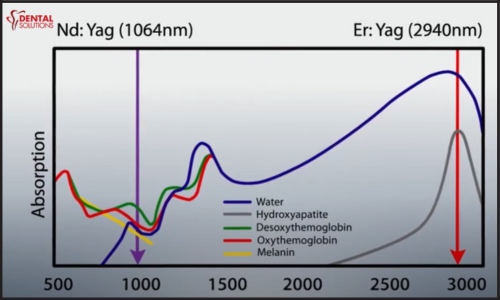
- Cost and Accessibility: The cost of LANAP and WPT may vary depending on factors such as geographic location, practitioner expertise, and insurance coverage. Additionally, not all dental practices may offer both treatments, limiting accessibility for some patients.
- LANAP is generally considered to be a more expensive treatment option compared to traditional surgical methods. The use of specialized laser technology and the expertise required for LANAP contribute to its higher cost WHEN COMPARE TO TRADITONAL FLAP SURGERY . However, it is important to weigh the cost against the potential benefits and long-term results that LANAP can provide.
- On the other hand, WPT is often HIGHER COST compared to/ FLAP SURGERY & LANAP. The use of a laser Nd-Yag & Er-Yag combined with water spray in WPT enables higher cost and Technique sensitive procedure when compare to LANAP treatment approach.
Choosing the right periodontal treatment for your needs
When it comes to choosing between LANAP and WPT, there is no one-size-fits-all answer. The decision should be based on a combination of factors, including the severity of your periodontal ( Pyorrhea) disease, your treatment goals, your comfort level, and your budget.
If you are seeking a minimally invasive treatment with faster recovery and less discomfort, LANAP may be the right choice for you. LANAP is effective in treating moderate to severe periodontal disease, and its precision targeting of diseased tissue can lead to enhanced results.
On the other hand, if you are looking for a gentle and comfortable treatment option, WPT is more suitable. WPT utilizes a combination of laser energy and water spray to provide a soothing experience for patients, while effectively removing infected tissue and bacteria.
Ultimately, it is best to consult with a periodontal specialist who can assess your specific needs and recommend the most appropriate treatment option for you.
Conclusion: Making an informed decision for your periodontal treatment
In conclusion, LANAP and WPT are both advanced and effective treatments for periodontal disease. While LANAP offers precise targeting and enhanced results, WPT provides a gentle and comfortable treatment experience. When making a decision, it is important to consider factors such as the severity of your condition, your treatment goals, your comfort level, and your budget.
Consulting with a periodontal specialist is crucial to assess your specific needs and determine the most appropriate treatment option for you. By understanding the distinctions between LANAP and WPT, you can make an informed decision that will contribute to the long-term health and well-being of your gums and teeth.
While not all periodontists may incorporate Nd:YAG and Er:YAG lasers into their practice, those who do recognize the potential benefits they offer in enhancing treatment outcomes and patient satisfaction. These periodontists undergo specialized training and acquire expertise in laser-assisted periodontal therapy to effectively utilize these advanced technologies in their clinical practice.
Dr. Balasubramanya K V’s extensive experience in utilizing Nd:YAG and Er:YAG energy for the treatment of periodontitis or pyorrhea highlights his dedication to providing advanced and effective periodontal care. With over a decade of practice at Dental Solutions, a unit of RB Enhanced Dental Laser Center LLP in Indiranagar, Bangalore, India, Dr. Balasubramanya K V has established himself as a leader in laser-assisted periodontal therapy.
His vast experience and specialized expertise in utilizing Nd:YAG and Er:YAG lasers demonstrate a commitment to staying at the forefront of innovative dental technologies and treatment modalities. By incorporating these advanced lasers into his practice, He can offer patients minimally invasive and highly effective treatment options for managing periodontal disease.
His dedication to advancing periodontal therapy through Nd:YAG and Er:YAG laser technology underscores his commitment to delivering superior outcomes and improving the lives of his patients. Dr. Balasubramanya K V’s expertise and experience make him a trusted choice for individuals seeking specialized periodontal care in Bangalore, India, and beyond.
Schedule a consultation with a Dental Solutions today to determine the best treatment option for your periodontal needs.
